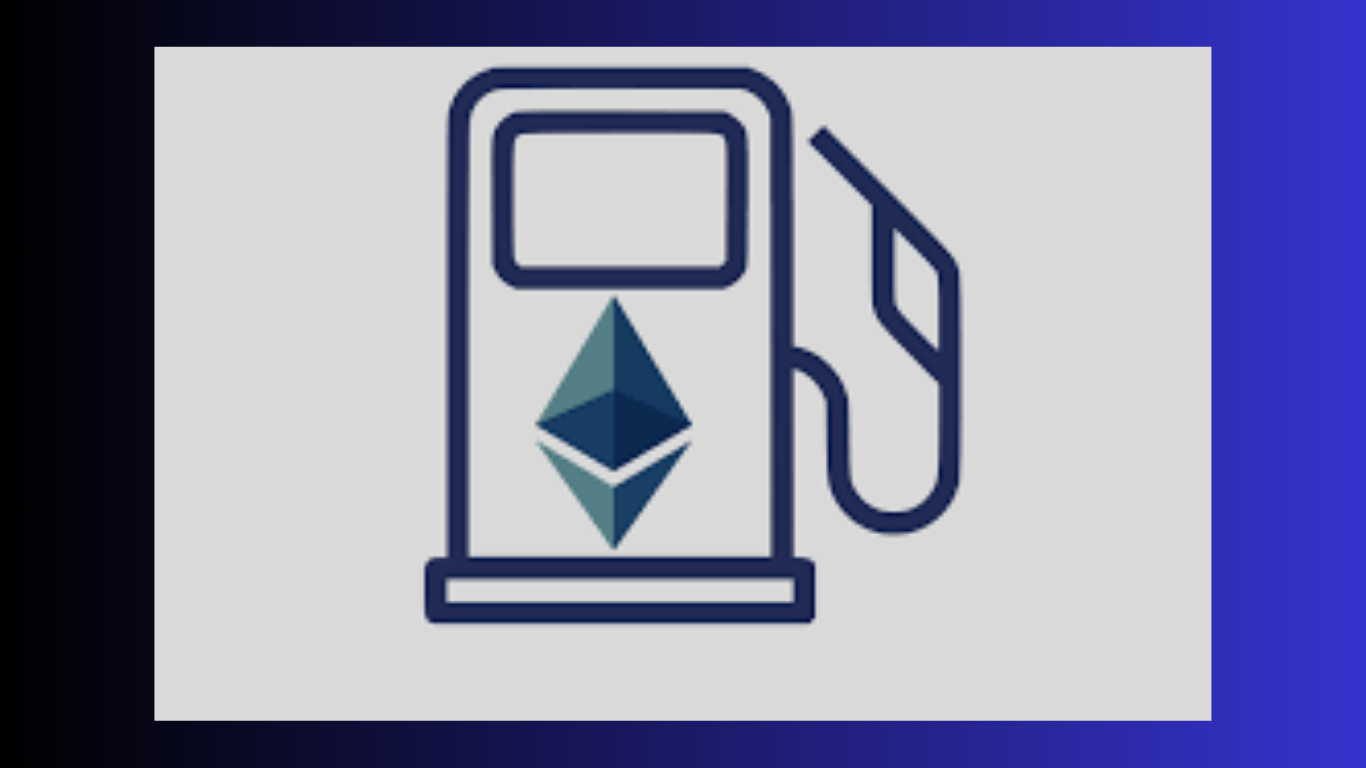What Are Gas Fees?
Gas fees are transaction costs paid by users to perform operations on the Ethereum blockchain, such as transferring ETH, interacting with decentralized applications (dApps), or executing smart contracts. These fees are measured in “Gwei,” a tiny fraction of Ether (ETH), and are paid as compensation to validators (formerly miners) who process and validate transactions on the network.
The term “gas” represents the computational effort required to process a transaction. Think of gas fees as the toll you pay to use the Ethereum network, where the complexity of the transaction determines how much “fuel” you need.
For further understanding of how gas fees are calculated, read.
Reducing Gas Fees
High gas fees can be frustrating, here are strategies to help you save money when using the Ethereum network:
1. Time Your Transactions Wisely
Gas fees fluctuate based on network demand, which varies throughout the day. Transactions during off-peak times (such as weekends, late nights, or early mornings UTC) often cost less than during peak hours. Monitoring gas price trends using tools like Etherscan Gas Tracker or GasNow can help you identify low-cost windows.
2. Use Layer-2 Solutions and Sidechains
Layer-2 scaling solutions and sidechains process transactions off the Ethereum mainnet, reducing congestion and fees. These solutions batch multiple transactions and settle them on Ethereum, offering significant savings.
Popular Layer-2 solutions include:
Sidechains like Polygon also provide faster transactions with lower fees. Many decentralized applications (dApps) now support Layer-2 solutions, making it easier for users to switch.
3. Optimize Gas Settings
- Set Custom Gas Limits and Prices: Most wallets, such as MetaMask, allow you to set your gas price manually. Selecting a lower gas price can save money but may result in slower transaction processing.
- Use Gas Estimation Wallets: Wallets with built-in gas estimation tools recommend optimal gas prices based on current network conditions, helping you avoid overpaying.
4. Batch Transactions
If you need to perform multiple transactions, look for tools or platforms that allow you to batch them into one. For example, some DeFi platforms combine multiple token swaps into a single transaction, reducing the overall gas cost.
5. Explore Gas-Free or Low-Gas Alternatives
Some blockchains or platforms offer gas-free or low-gas options for specific activities. For example:
- Immutable X: A Layer-2 solution for NFTs that eliminates gas fees.
- Other Blockchains: Consider alternatives like Binance Smart Chain (BSC), Solana, or Avalanche, which generally have lower transaction fees. However, ensure these alternatives meet your needs in terms of security, decentralization, and ecosystem support.
Tools to Monitor and Manage Gas Fees
Here are some popular tools to help you track and optimize gas fees:
- Etherscan Gas Tracker: Provides real-time gas price data and estimated fees for different transaction types.
- GasNow: Displays live gas prices and predict future trends.
- DeFi Saver: Automates DeFi transactions with gas optimization settings.
- MetaMask: Offers built-in gas estimation and customization features for users.
Conclusion
Gas fees are an integral part of the Ethereum blockchain, ensuring its security and functionality. However, they can become a financial burden during periods of high congestion. By understanding how gas fees work and using strategies like Layer-2 solutions, timing transactions wisely, and optimizing gas settings, you can significantly reduce your costs while enjoying the benefits of blockchain technology.
As Ethereum continues to evolve with upgrades like sharding and increased Layer-2 adoption, transaction fees are expected to decrease, making the network more accessible to everyone. In the meantime, staying informed and using available tools will help you navigate Ethereum’s fee landscape effectively.







